Smart Lighting & Voice-controlled Ambient Tech — mood, automation, home aesthetics.
1. Introduction
Lighting is one of the most powerful but frequently overlooked aspects of interior design and home environment. The right lighting can uplift mood, increase productivity, calm the senses, or make every corner of your home feel warm and welcoming. On the flip side, harsh overhead lights, inconsistent color, or bad glare can create discomfort, fatigue, or an overly sterile atmosphere.
In recent years, smart lighting technologies paired with voice control and ambient automation have enabled homeowners to shift from manual switches to systems that respond to mood, time of day, activity, or even voice commands. Whether it’s dimming your living room lights for movie night, tuning the bedroom lamp to a warm glow before bed, or having your lights turn on gradually with sunrise, smart ambient lighting is redefining home aesthetics.
In this blog, we’ll explore:
- How lighting impacts mood, aesthetics, and experience
- What smart lighting techs are available now, how they work
- How voice control and ambient automation enhance convenience and ambiance
- How to design lighting that complements your decor and daily life
- What to look for in products, how to avoid common mistakes
2. Fundamentals of Lighting & Human Perception
Color Temperature, Brightness & CRI
- Color Temperature (Kelvin): Warm light (≈2700-3000K) feels cozy, soft, relaxing—a yellowish or amber glow. Cool light (≈4000-5000K) appears more bluish and is better for focus, tasks, kitchens, workspaces. Natural daylight is on the higher side (~5000-6500K). Choosing the right color temperature helps match mood and function. Light Up Flow+2TJ2 Lighting 東捷生活科技+2
- Brightness & Lux: How much light you need depends on tasks. Ambient lighting for leisure requires less brightness; kitchens or reading areas need stronger illuminance.
- Color Rendering Index (CRI): How accurately light shows colors. A CRI of 80+ is usually acceptable; 90+ is very good. If you have art, furniture, decor where color matters, high CRI can make a huge difference.
Mood, Visual Comfort & Circadian Lighting
- Lighting affects psychological states: warm tones promote relaxation, cool tones stimulate alertness. Changing color temperature over the day (warmer mornings and evenings, cooler midday) can align with circadian rhythms.
- Avoid glare, harsh overhead shadows, lighting that is too flat. Using diffusers, indirect lighting, dimmers improves comfort.
- Visual layering: ambient light for overall illumination, task lighting (reading, cooking), accent lighting for decorative focus (art, architectural features). This layering creates depth and flexibility. Exterior Lighting Tips+2TJ2 Lighting 東捷生活科技+2
3. Smart Lighting Technologies: Overview
Types of Smart Lighting Fixtures
- Smart Bulbs: Ersatz replacements for ordinary bulbs. Can change color, dim, schedule, etc. Great for retrofitting without rewiring.
- LED Strips and Accent Lighting: Flexible, mood-setting, used behind TVs, under cabinets, along shelves or coves. Good for color effects and indirect ambient glow.
- Downlights / Recessed Lighting: Clean look. When smart, they can adjust brightness & color temperature, possibly change color. Good for ambient light.
- Pendant / Chandeliers / Statement Fixtures: These fixtures are part of decor; when they are smart, they add functionality and style.
- Wall Sconces, Lamps, Floor Lamps: Add layers; when smart enabled, allow you to control via app or voice.
Connectivity & Protocols
- WiFi: Many smart bulbs / devices use WiFi. Simplifies direct connection, but can be power hungry; relies on your network.
- Zigbee / Z-Wave: Mesh-networked protocols; efficient for many devices, often more reliable and lower latency.
- Bluetooth / Bluetooth Mesh: Good for simple setups; sometimes limited in range.
- Thread / Matter: Newer standards aiming for interoperability; Matter in particular lets devices from different brands work together more seamlessly.
Voice Assistants & Integrations
- Major platforms: Amazon Alexa, Google Assistant, Apple Home / Siri. Many smart bulbs / fixtures integrate directly or via hubs.
- Voice control offers hands-free use: “dim lights”, “movie mode”, “lights off in bedroom”, etc. Useful especially when hands are busy or you want immediate mood change.
- Edge vs Cloud voice processing: some commands may require internet; others (basic, wake words) can work locally for speed and privacy.
4. Voice-controlled Ambient Tech
Voice Control: Advantages and Challenges
- Pros: convenience; instant mood change without needing physical switches or phone apps; useful in the dark or when carrying things; adds a “smart home feel.”
- Challenges: latency (delay between command and response), compatibility (not all devices respond to all assistants), voice recognition mistakes, sometimes privacy concerns.
- The trend is toward offline voice recognition or hybrid models for better privacy and lower latency. There is academic work/engineering pushing that direction. arXiv
Scenes, Routines & Automation
- Voice can trigger “scenes” — pre-set lighting arrangements combining dimming, color, which fixtures are on/off etc. Example: “movie scene”, “dinner mood”, “read time”.
- Automations can also be triggered by voice, but also by schedules, motion sensors, daylight sensors, occupancy.
- “Natural light mimic” automations: lights adjust warmth and brightness over the day to mimic sunlight, aiding circadian rhythm. Control4’s systems are cited for this kind of wellness lighting. Control4
AI & Generative Ambient Lighting
- Emerging features: lighting systems that suggest scenes based on context (time of day, type of occasion), or even accept free-text prompts (“set mood for relaxation”, “party mode”). Philips Hue’s AI-powered lighting assistant is a good example. The Verge
- Context-aware setups: Lights adjust based on what you’re doing (watching TV, reading, sleeping), sometimes even audio/music sync.
5. Automation & Schedules
Scheduling, Timers & Daylight Sensing
- Setting lights to turn on at sunset, off at bedtime, bright in morning etc. aids routine and mood.
- Daylight sensors detect natural light and adjust indoor lighting accordingly to reduce harsh contrast and save energy.
Motion & Occupancy Sensors
- Motion sensors allow lights to automatically come on when entering a room, off when you leave—very useful in hallways, bathrooms etc.
- Smart occupancy sensors can detect presence even without motion (better than simple PIR sensors) to maintain light when someone is sitting or standing still.
Integration with Other Systems
- Smart lighting can work with shades/blinds, HVAC, security systems. For example, closing blinds + dimming light = movie mode. Or shades open + brighter natural light = morning mode.
- Geofencing: lights turn on/off when you leave or approach home.
Energy Savings & Practical Convenience
- Automations not only improve mood and convenience but save electricity. Reducing wasted light (lights left on), dimming when not needed, adapting to daylight, etc. MySmartHome+2smartlifestack -+2
Share this content:
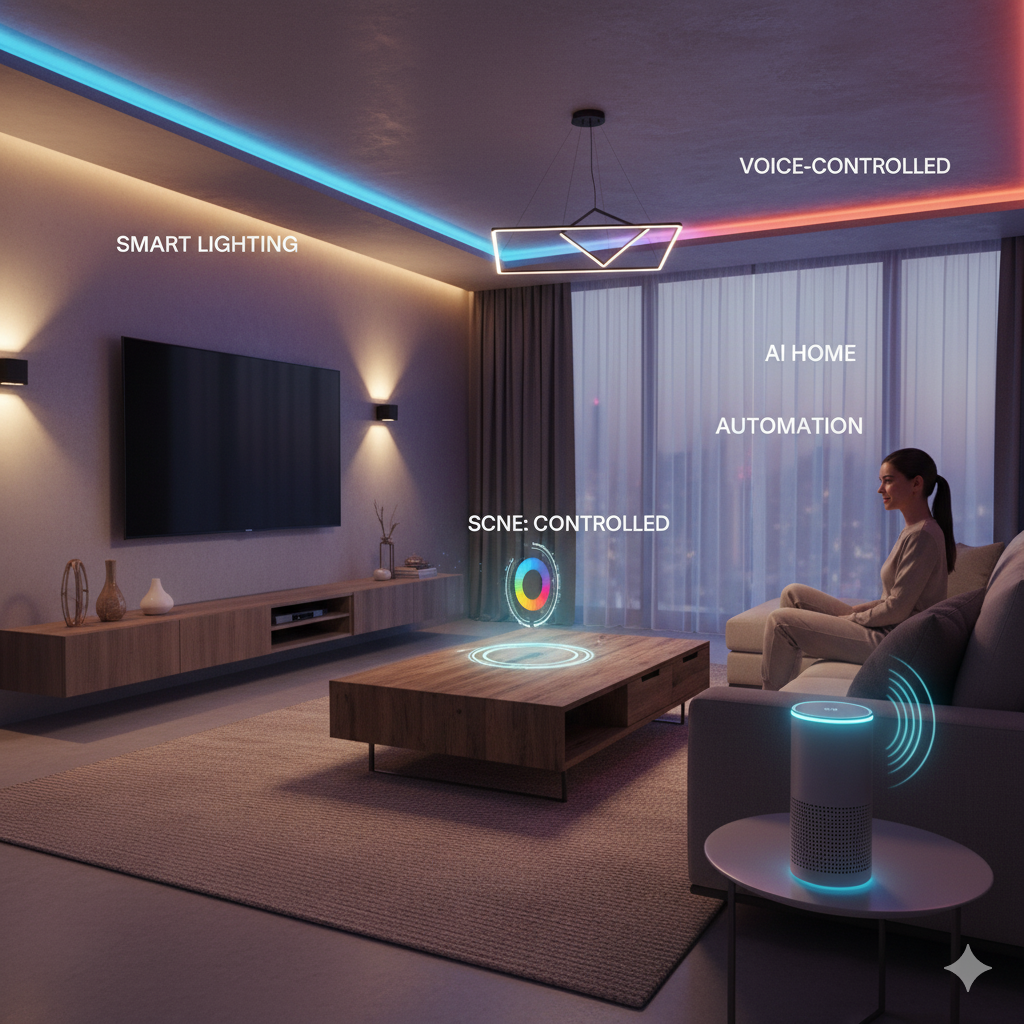
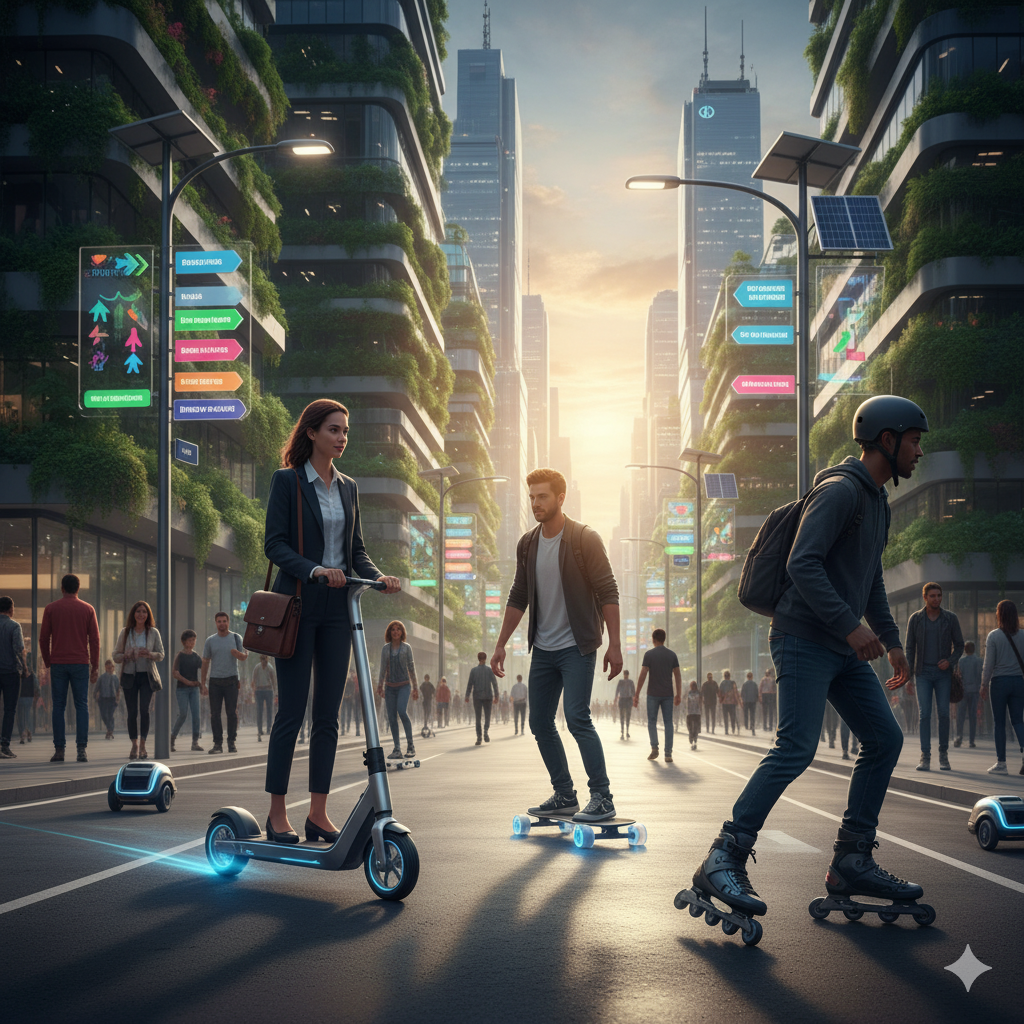
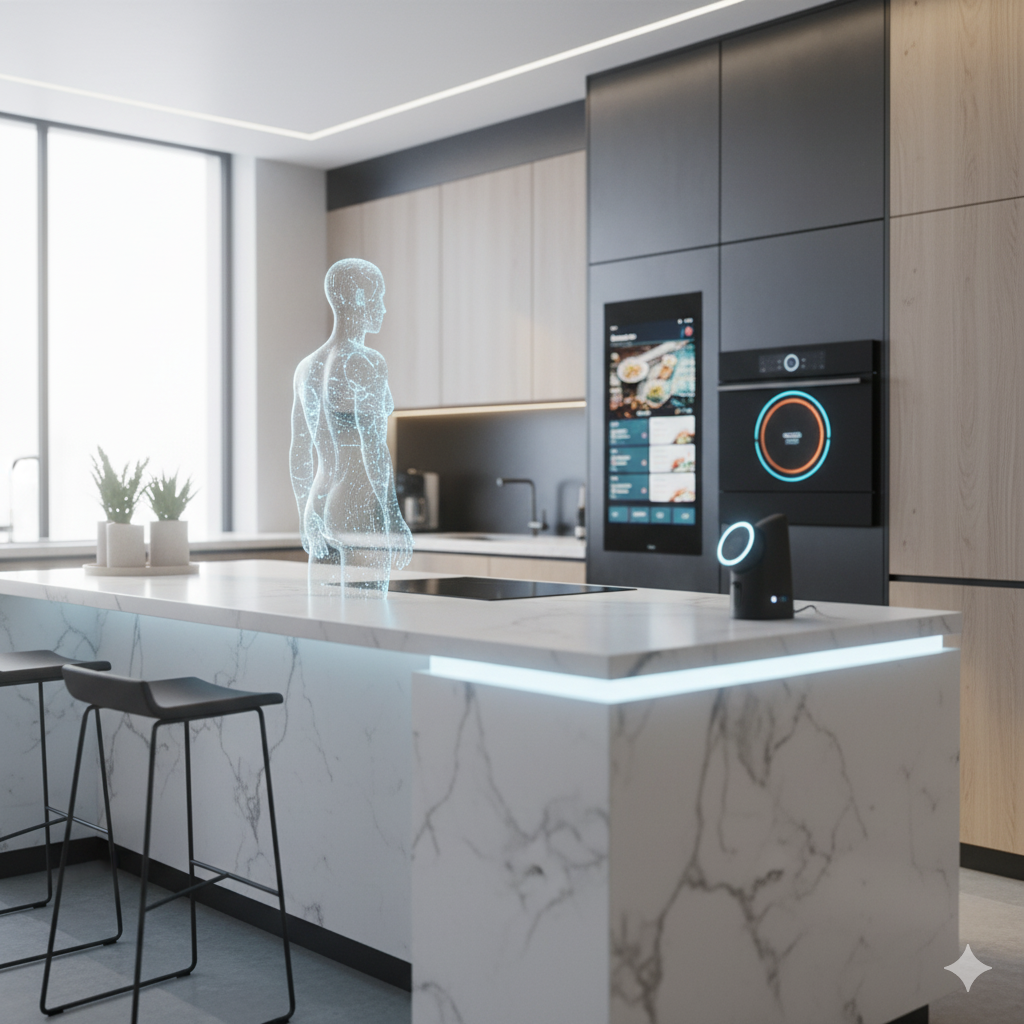
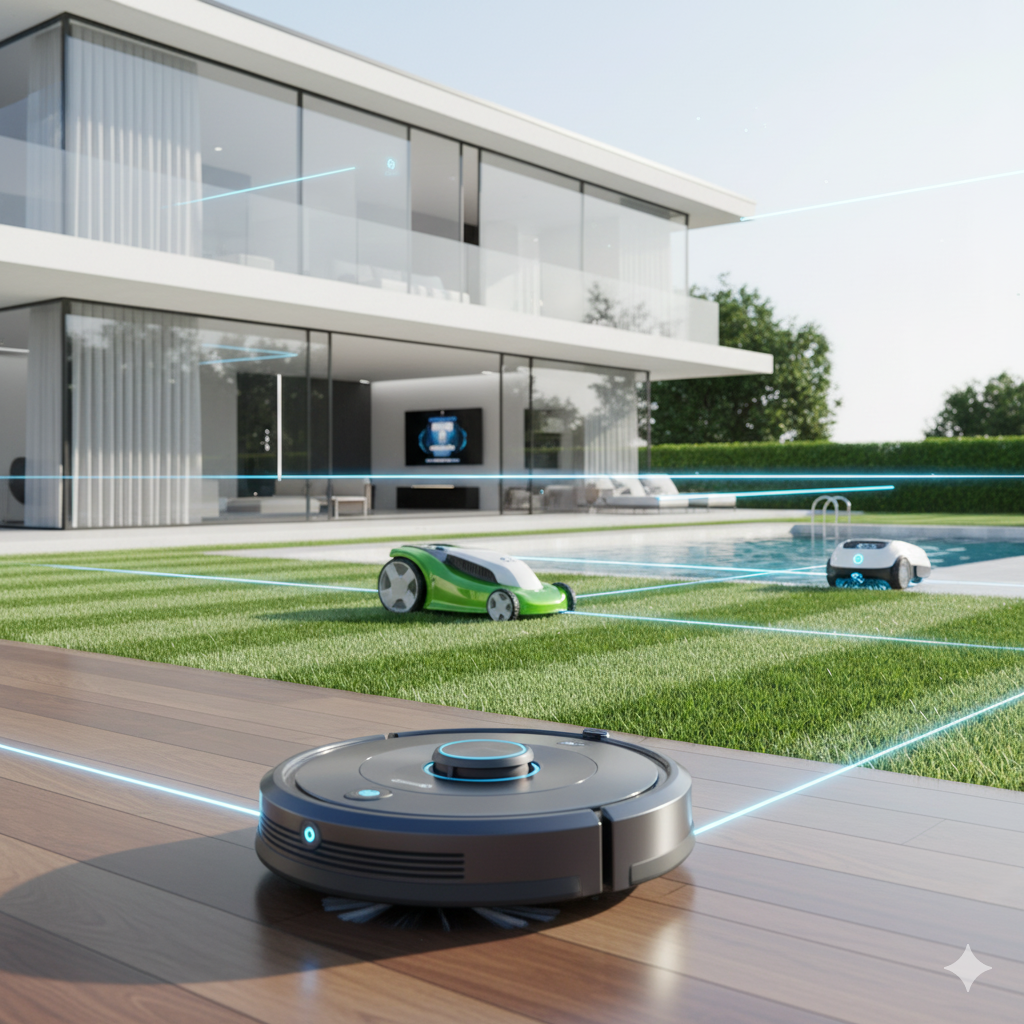
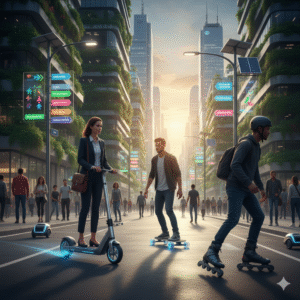
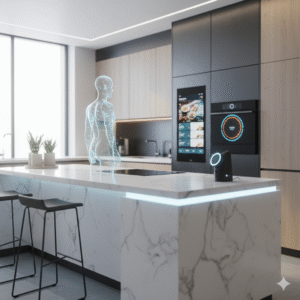



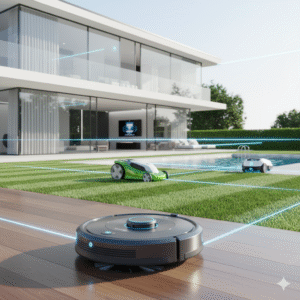
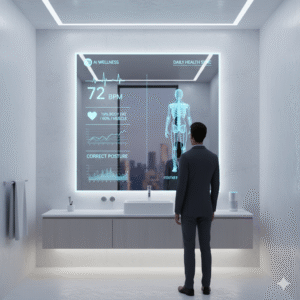


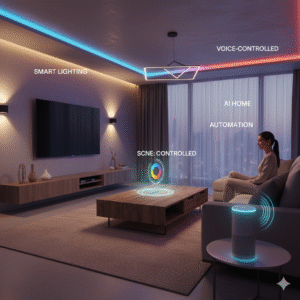
Post Comment